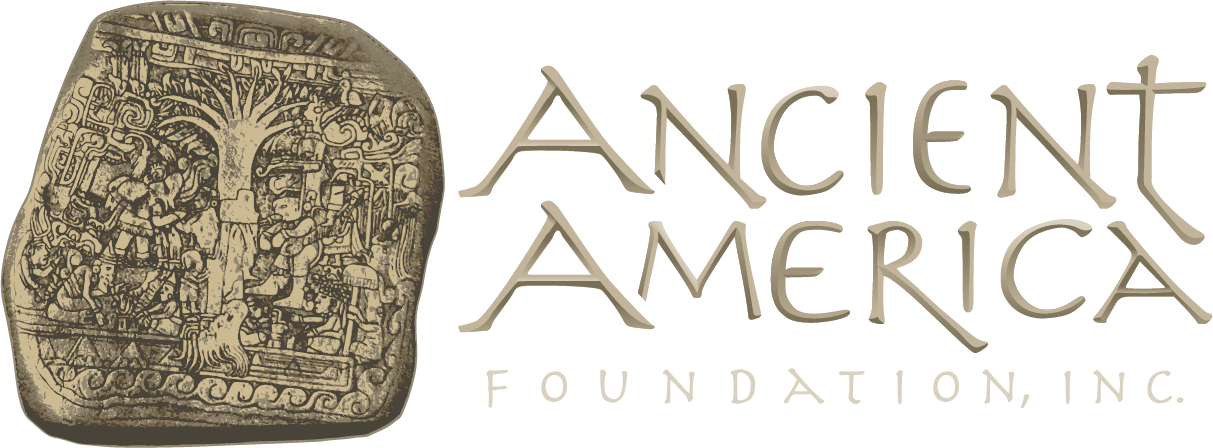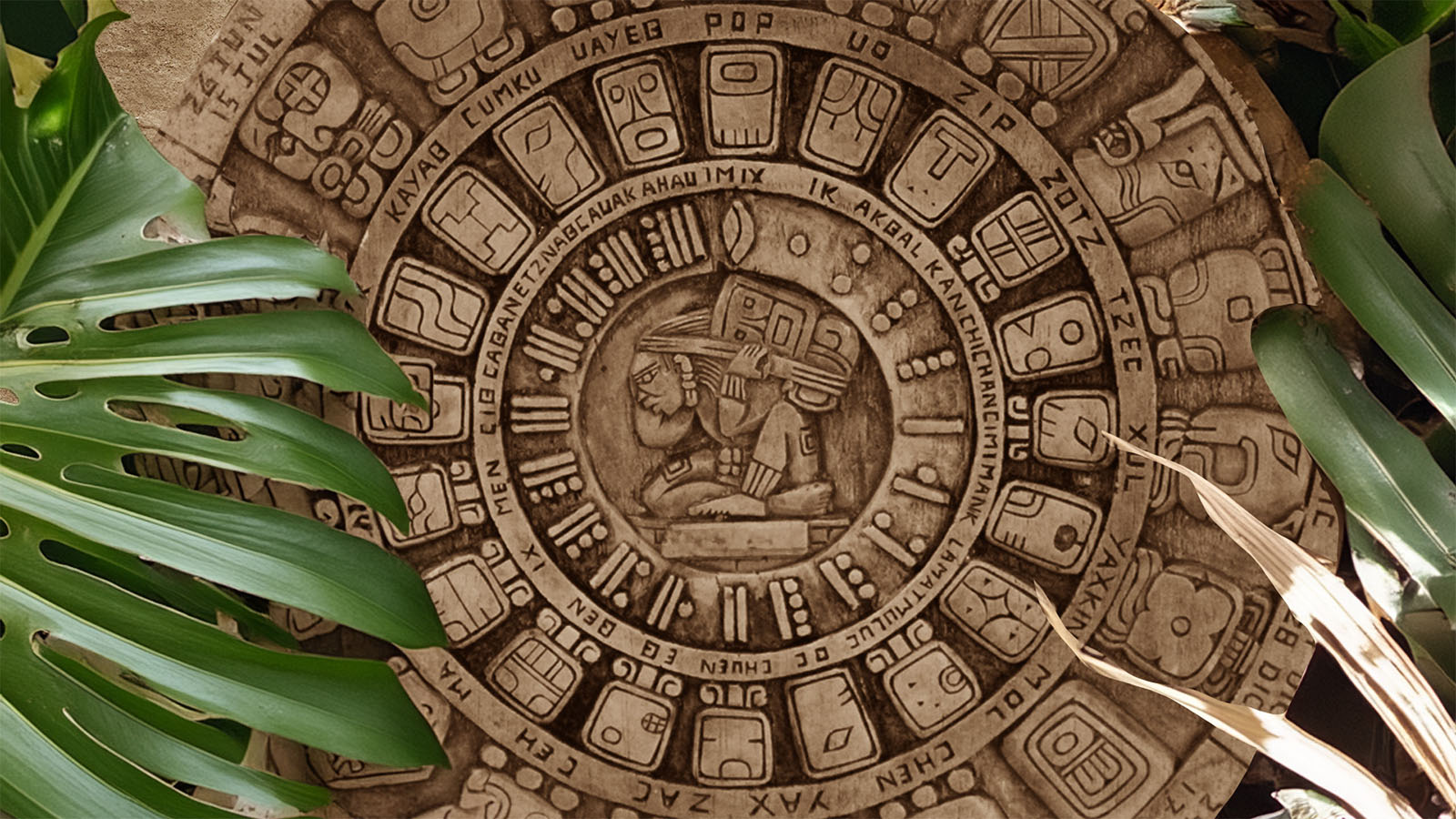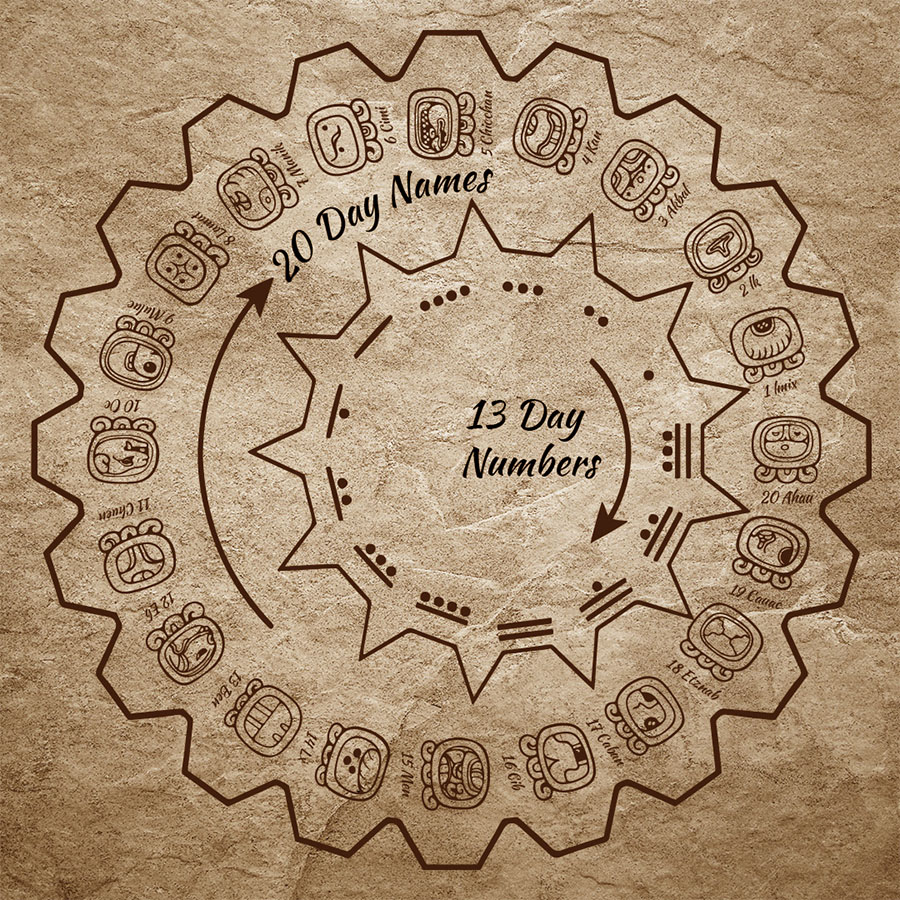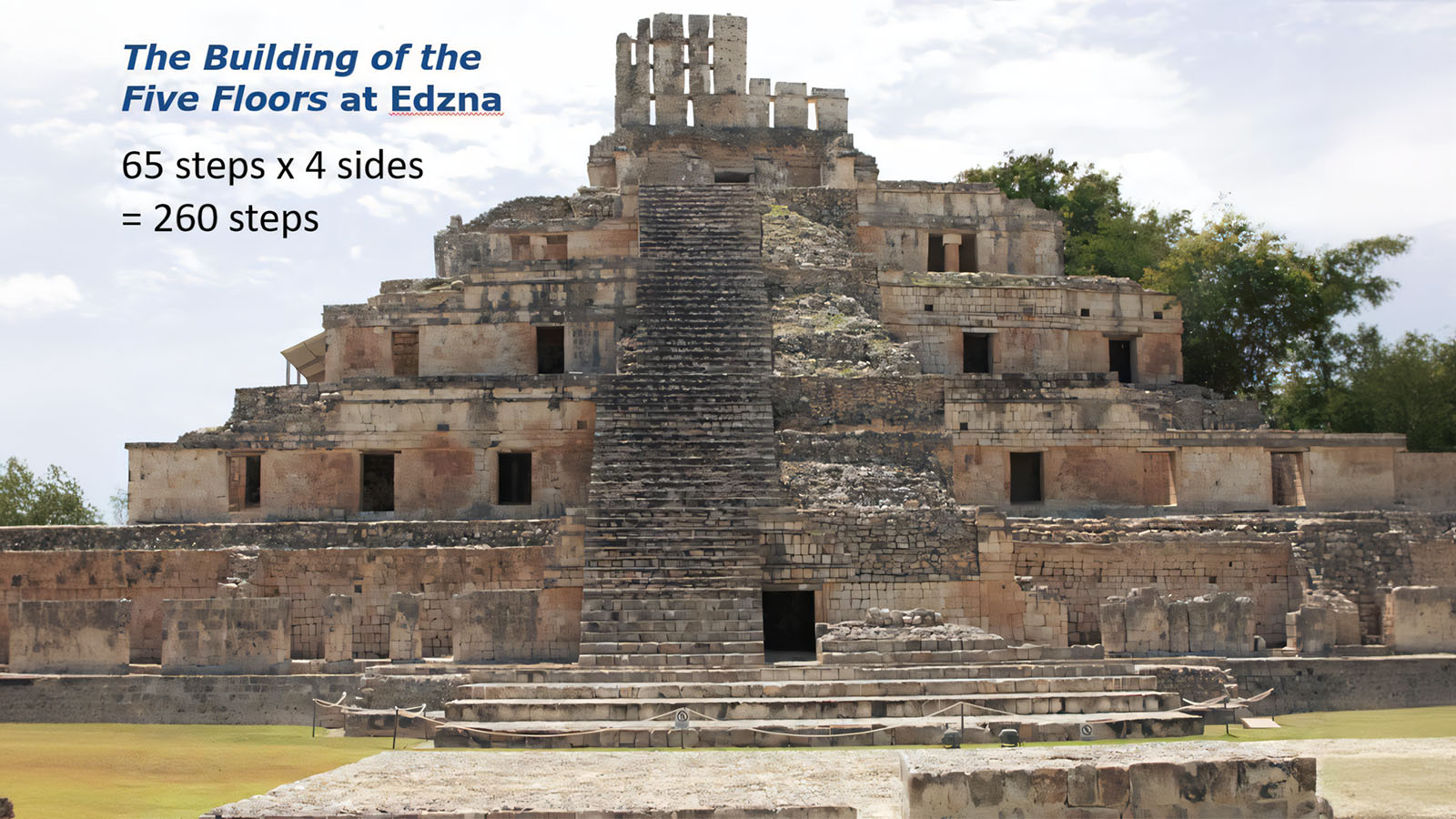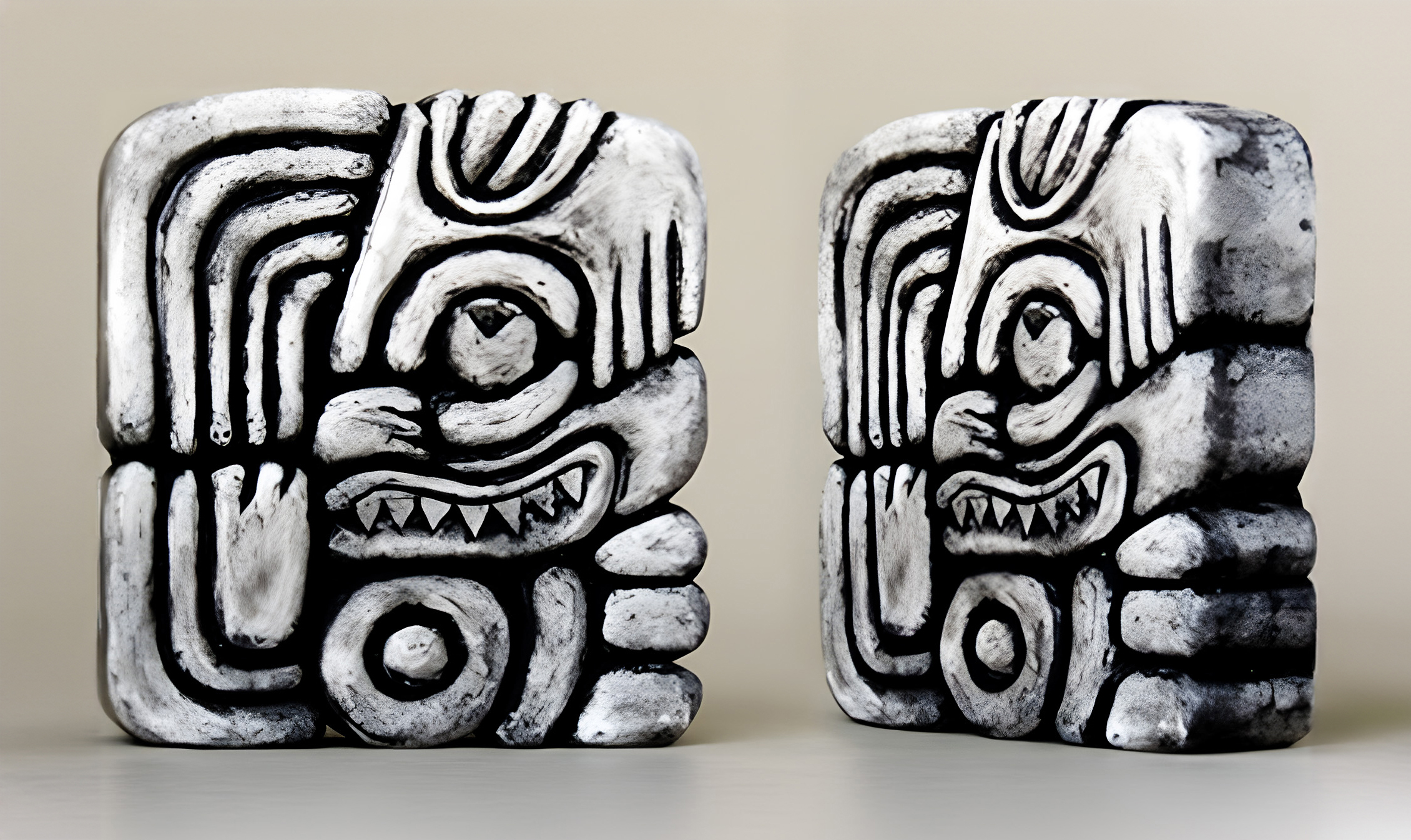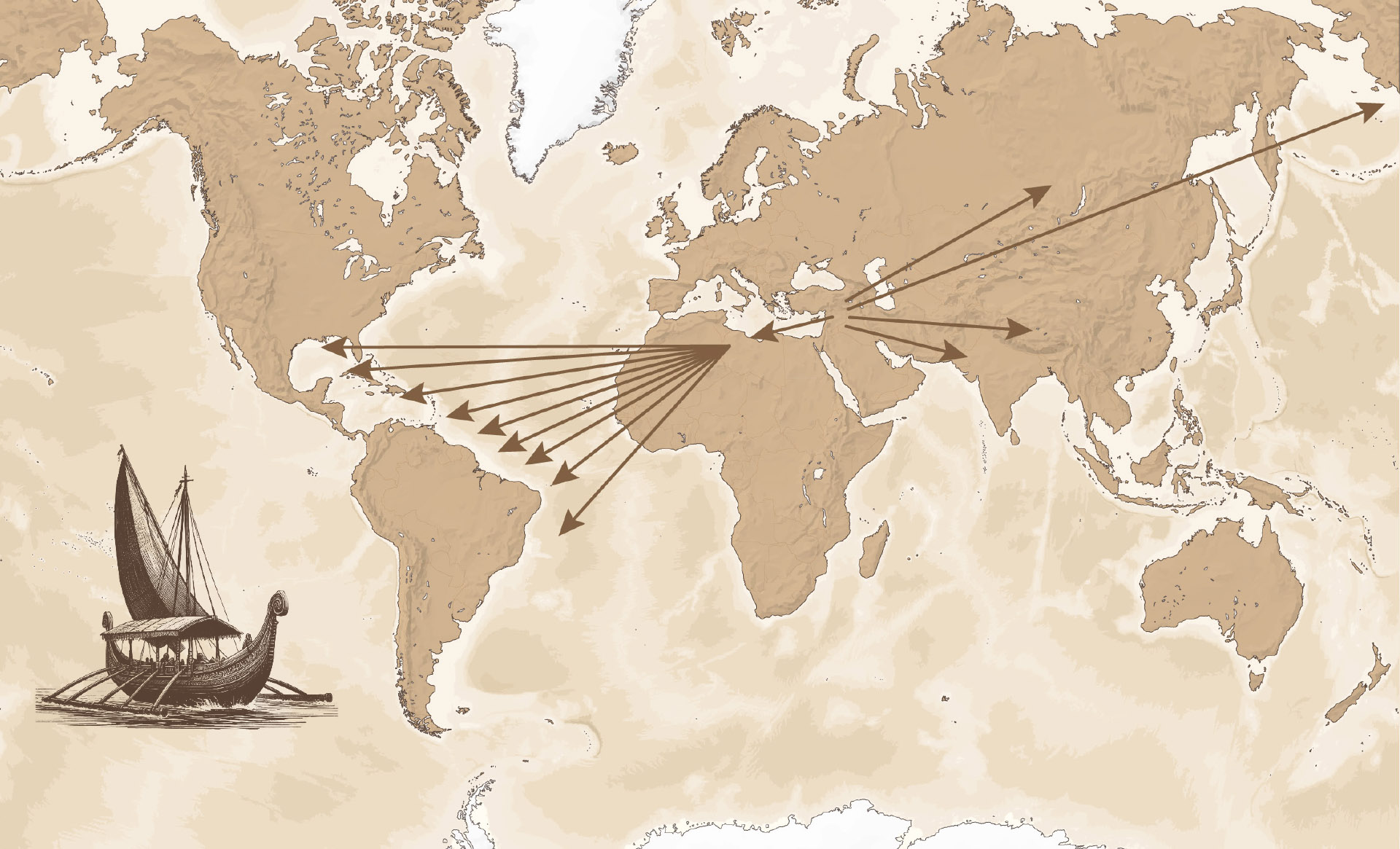
by Aaron Hendrickson Independent Researcher
The observant student will notice that many pyramids in Mesoamerica are constructed with 65 steps on each of four sides resulting in a total of 260 steps (65 x 4 = 260). Such architectural details reflect deep symbolic meaning to Mesoamerican peoples. The use of the number 260 is significant as it acts as a bridge that connects the ritual observances of the sacred calendar with the movement of the planets and even to the nature of human life.
It is notable that:
260 days is the number of days in the Mesoamerican sacred calendar
260 days corresponds to the time between the sun’s zenith passages at key Maya sites
260 days is the approximate length of human gestation
260 is the Number of Days in the Mesoamerican Sacred Calendar
In ancient Mesoamerica calendars were intimately tied to attempts to understand divine nature as well as human fate.i The 260-day calendar is the most ancient inMesoamerica and is known as the sacred calendar because it structured the pattern of ceremonial life and provided the foundations for prophecy.
The 260-day Maya sacred calendar is called Tzolk’in in Yucatec Mayan. It is made from a succession of 20 individual day names in combination with the numbers 1 to 13, to produce 260 unique days (20 day names x 13 numbers = 260 unique day combinations).
The Mayanist David Stuart has noted that “all Mesoamerican cultures that shared this 260-day cyclical calendar gave names to each of the twenty days, and, remarkably, many of their meanings show equivalencies or close correspondences across different Mesoamerican languages… Thus the 260-day round was similar across all of these cultures, pointing not only to close cultural connections, but also, presumably, to their common origin deep in Mesoamerica’s past.”
260 Days Corresponds to the Time Between the Sun’s Zenith Passages at Key Maya Sites
Mesoamerican religious beliefs are intimately connected to the “timings of the sacred calendar, as well as to other movements of the stars and planets.”iv The astronomical event known as the zenith passage, occurs when the sun passes directly overhead. When the sun passes through its zenith, the shadows of vertical objects disappear.
Since the early twentieth century, archeologists have recognized that 260 days is the span of time between the sun’s zenith passages along the latitude of about 15 degrees north, near where the sites of Copan (14.85° north) and Izapa (14.92° north) are located.v Further, one of these zenith passages at Izapa corresponds to August 13 on the solar calendar, which is a date of monumental importance as it aligns to the Maya Long Count creation base date in 3114 BC.
260 Days is the Approximate Length of Human Gestation
David Stuart noted that “evidence from historical and modern sources suggests that the meaning of 260 is not just about numbers, and that it may be firmly rooted in the circumstances of human life and experience. As the early Mayanist Charles Bowditch first proposed a century ago, it so happens that 260 days equals about 9 lunar months, or about the span of human gestation.”
Among contemporary Maya, women still associate the 260 sacred calendar with the nine-month period of human gestation.
i Stuart, David. The Order of Days: The Maya World and the Truth About 2012, pg. 107.
ii Lynn V. Foster. Handbook to Life in the Ancient Maya World; Facts on File Library of World History, Kindle Location 3963.
iii Stuart, David. The Order of Days: The Maya World and the Truth About 2012, pg. 110.
iv Charles Phillips, The Mythology of the Aztec & Maya (London: Southwater, 2006), 37.
v Stuart, David. The Order of Days: The Maya World and the Truth About 2012, pg. 141.
vi David Stuart, The Order of Days: The Maya World and the Truth About 2012, Kindle Location 2587.
vii Lynn V. Foster. Handbook to Life in the Ancient Maya World, Kindle Location 3970.
